38 how to read food labels diabetes
How to Read Food Labels | mySugr Before reading the rest of the label, look at the serving size. The rest of the information — such as carbs, calories, sugars, fiber, and more — will be based on the serving size that's listed. Eating more than a serving size means you'll get more carbs, sugars, and calories than what's listed. Understanding food labels - Diabetes Ireland Food labels give us details such as the weight of the item and the best-before-date. Most will also provide all or some of the following: • Ingredients. • Nutritional information. • 'Health' and 'nutrition' claims. • Guideline daily amounts (GDAs) The ingredients. All the ingredients are listed in order of their descending ...
Food Labels | Know Diabetes Health claims on labels: what they mean Health claims on labels can mean different things on different products, which can be confusing. The list below provides information that can help you understand common health claims that you will find on food labels. Sugar No added sugar/Unsweetened. No sugar has been added to the product.
How to read food labels diabetes
How to Read Nutrition Labels When You Have Diabetes - WebMD Getting Past the Guilt of Type 2. See how one patient learned to manage her weight and diet. Prediabetes manual | Diet/nutrition | How to read food labels Fiber: If the food has 5 or more grams of fiber, subtract half of the grams from the total carbohydrate. Sugar: Sugar is included in the number of total carbohydrate. Protein: Choose lean meats, poultry and fish. Source: Allina Health's Patient Education Department, Prediabetes: Reducing Type 2 Diabetes Risk Through a Lifestyle of Good ... Reading food labels: Tips if you have diabetes - Mayo Clinic Look for foods with 3 or more grams of fiber. Put sugar-free products in their place Sugar-free doesn't mean carbohydrate-free. Sugar-free foods may play a role in your diabetes diet, but remember that it's equally important to consider carbohydrates as well. A sugar-free label means that one serving has less than 0.5 grams of sugar.
How to read food labels diabetes. Understanding food labels | Diabetes UK Check the ingredients list - if syrup, invert syrup, cane sugar, molasses or anything ending in 'ose' is within the first three ingredients, this suggests the food contains more added sugar. Choose an alternative if possible, or be mindful of the portion you eat. Check the fibre content on the back of pack label. Food Labels and How to Read Them - Diabetesnet.com Light: A food that has one third fewer calories, half the fat or half the sodium of a regular version. (It doesn't apply to products that use "light" to describe color or texture, such as "light, creamy cake frosting.") Low: A food that contains little fat, sodium, cholesterol or calories. How To Read Food and Beverage Labels - National Institute on Aging At the top of the Nutrition Facts label, you will find the total number of servings in the container and the food or beverage's serving size. The serving size on the label is based on the amount of food that people may typically eat at one time and is not a recommendation of how much to eat. Read more about serving and portion sizes. Reading a Nutrition Facts Label | Diabetes Education for Patients ... Reading a Nutrition Facts Label Download Share A step-by-step overview of a Nutrition Facts label, to help your patients learn how to choose foods that fit their meal plan. Additional Information We've created additional resources to address your questions. Reading a Nutrition Facts Label - Spanish Meet Dot: Your New Friend! Ages 2 - 6
Understanding food labels fact sheet - NDSS Labels on packaged foods provide information that can help you make healthier food choices. Making healthy food choices can help you to manage your diabetes, weight, and overall health. Understanding how to read food labels can help you choose foods with more fibre and less saturated fat, salt (sodium), added sugars and kilojoules. Reading Food Labels When You Have Diabetes | HealthLink BC Start with the "% Daily Value" column on the food label. A food is considered low in a specific nutrient (such as fat, saturated fat, cholesterol, carbohydrate, or sodium) if it has 5% or less of the daily value. A food is considered high in that nutrient if it has 15% or more of the daily value. Watch out for health claims on food labels. Decoding Diabetes: How to Read Nutrition Labels | Accu-Chek You may notice on a nutrition label that there are several lines addressing a food's carb contents: Total Carbohydrates: This line represents the total amount of carbs in one serving. This number is made up of both complex carbs like fiber and starch, and simple carbs like sugar. Learning To Read Labels :: Diabetes Education Online On a nutrition food label, subtract the fiber from the total carbohydrate amount. When you read food labels, the grams of sugar are already included in the total carbohydrate amount, so you do not need to count this sugar amount separately. The grams of sugar listed include both natural sugars, from fruit or milk, and added sugars.
How to read food labels if I have diabetes or prediabetes? Knowing how to read food labels is a very useful skill to improve your eating and better manage or help to prevent the progression of diabetes. There are three main things on the food labels to look out for: nutrition information panel, ingredient list, and Healthier Choice Symbols. 1. Nutrition information panel (NIP) Food Labels & Type 2 Diabetes | Level2 Sugar-free products. Sugar-free is important for managing diabetes, but pay attention to carbohydrates.If the label says sugar-free and there are fewer carbohydrates, you're good to go. If the choice is between a sugar-free product with just as many carbohydrates as a standard product, you're better off choosing based on price or taste. How to read nutrition facts labels - Diabetes Care Community Identify foods suitable to special diets (for example, low-sodium or low-fat diets). Find foods that will help you to increase or decrease your intake of a particular nutrient (for example, if you want to increase the amount of fibre, or decrease the amount saturated fat in your diet). 5 easy steps to reading a Nutrition Facts Table Reading Food Labels | ADA - American Diabetes Association The Nutrition Facts labels on foods are really the key to making the best choices. We'll cover the basics so that these labels make shopping easier for you. Get started Understanding Carbs You've heard it all. From carb-free to low-carb, to whole and empty carbs, it's hard to know what it all means. Learn more Food & Blood Sugar
Food Labels | CDC - Centers for Disease Control and Prevention If you eat the whole thing, you are eating 8 times the amount of calories, carbs, fat, etc., shown on the label. Total Carbohydrate shows you types of carbs in the food, including sugar and fiber. Choose foods with more fiber, vitamins, and minerals. Choose foods with lower calories, saturated fat, sodium, and added sugars. Avoid trans fat.
Reading food labels & nutrition panel - Diabetes Queensland Reading food labels When choosing packaged food, choose products with: lower energy (kilojoules) if you are trying to lose weight lower total and saturated fat lower sugar lower sodium higher fibre Every food label tells a story and the Nutrition Information Panel simply gives you the facts.
Reading Food Labels for Carbohydrates - dummies To find the amount of carbohydrates in your foods, follow these steps: Look for the line that reads "Total Carbohydrate" on the label. The value on this line will tell you how many grams of carbohydrates are in one serving of the food. Check the number of servings per container to see if your package has one or more servings.
How to Read the New Food Label - The Johns Hopkins Patient Guide to ... The percent daily value (%DV) can be used as a quick guide to the food label. Try the 5/20 rule when reading a label. Think about 5% or less as low for any nutrient and 20% or more is high for any nutrient. The %DV is a great way to compare food products if the serving size is the same.
How to Read Food Labels When You Are Diabetic - Diabetics Weekly Study the Carbohydrate Content in Detail This is the most important aspect of how to read food labels when you have diabetes. The total amount of carbohydrates breaks down into complex carbohydrates, sugar, and fiber. Don't hone in on zero-sugar foods, as foods like milk and fruit contain natural sugars.
PDF Label reading basics for diabetes - Veterans Affairs Label Reading Basics for Diabetes Nutrition and Food Services (05/2020) Serving Size • The serving size is the portion size used for all the values on the label. • Different foods have different serving sizes. • The serving size on this label is 2/3 cup. Servings per Container • Indicates the number of
Reading Food Labels to manage Diabetes - Making Diabetes Easier When reading the label of food packaging, it's helpful to also be mindful of the salt content and fatty acids. Eaten in large quantities, salt causes hypertension and kidney complications and fatty acids can lead to cardiovascular problems. It can also be helpful for people with type 2 diabetes to keep track of overall calorie intake because ...
Reading Food Labels When You Have Diabetes - WebMD Being able to read and understand food and nutrition labels is essential, especially for those with diabetes. WebMD explains how to interpret the Nutrition Facts label on your packaged foods.
Reading labels | Diabetes UK Key points Always look at the 'total carbohydrate' on the label when carb counting. This will make sure you are counting both the complex (starchy) and simple (sugary) carbs in your food. Both will raise your blood glucose (blood sugar) levels, and need to be matched with insulin.
How to Read Food Labels Without Being Tricked - Healthline A good rule of thumb is to scan the first three ingredients, as they make up the largest part of what you're eating. If the first ingredients include refined grains, a type of sugar, or...
Learn how to read food labels - Diabetes Care Community People with diabetes have a variety of food considerations to keep in mind. Learn how to read food labels and you'll get a head start in planning meals to meet our diabetes management targets. The first thing to check on a label is the 'serving size'. This is the manufacturer's suggested portion for one person.
How to read nutrition labels on packaged foods At the bottom of the nutrition label you will find a footnote (*) section listing the daily value of the nutrients contained in the product. Note that it's based on a diet of 2000 calories per day. The latest changes to nutrition labels. Nutrition labels have changed over the years based on the prevailing research at the time.
Reading food labels: Tips if you have diabetes - Mayo Clinic Look for foods with 3 or more grams of fiber. Put sugar-free products in their place Sugar-free doesn't mean carbohydrate-free. Sugar-free foods may play a role in your diabetes diet, but remember that it's equally important to consider carbohydrates as well. A sugar-free label means that one serving has less than 0.5 grams of sugar.
Prediabetes manual | Diet/nutrition | How to read food labels Fiber: If the food has 5 or more grams of fiber, subtract half of the grams from the total carbohydrate. Sugar: Sugar is included in the number of total carbohydrate. Protein: Choose lean meats, poultry and fish. Source: Allina Health's Patient Education Department, Prediabetes: Reducing Type 2 Diabetes Risk Through a Lifestyle of Good ...
How to Read Nutrition Labels When You Have Diabetes - WebMD Getting Past the Guilt of Type 2. See how one patient learned to manage her weight and diet.
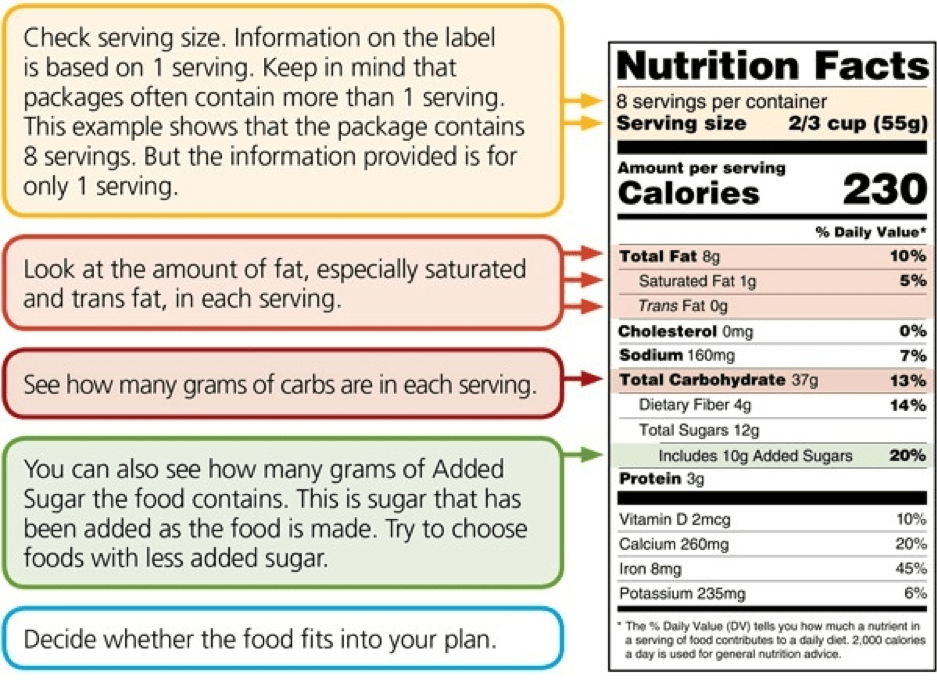

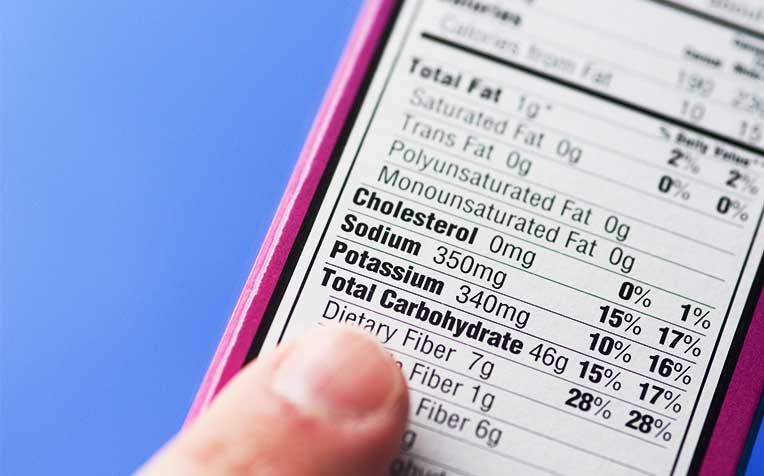
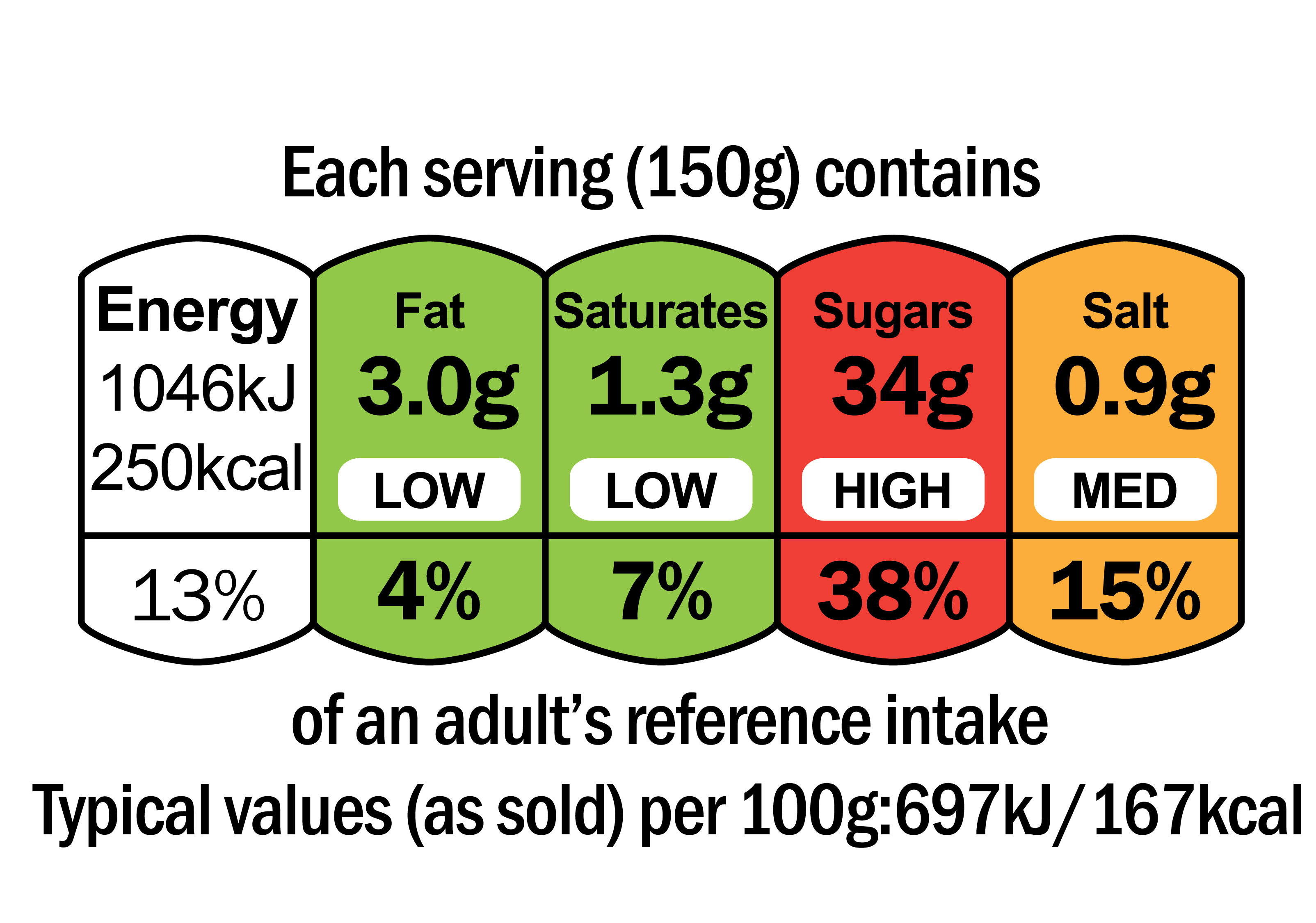
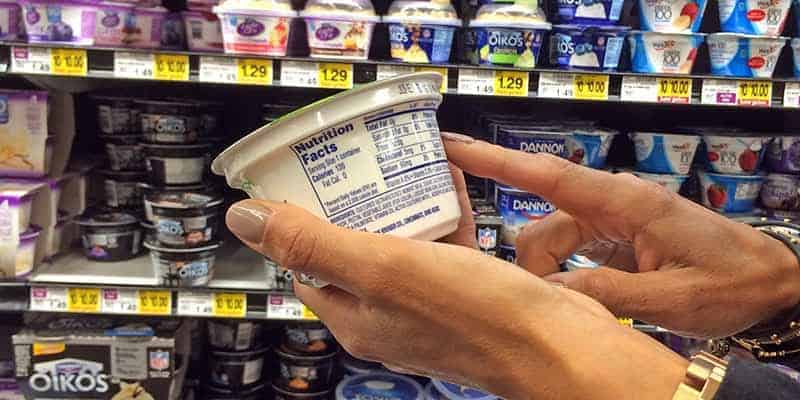


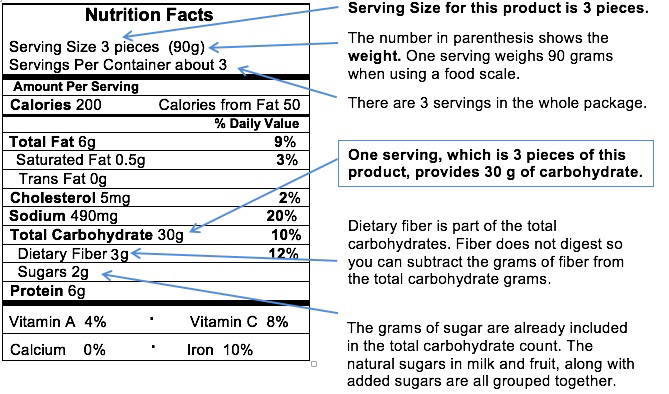




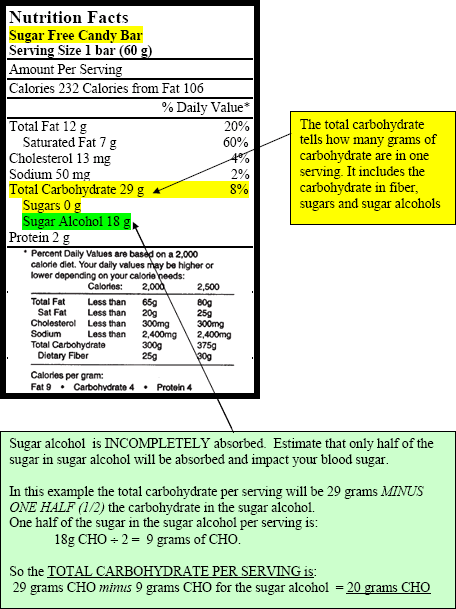





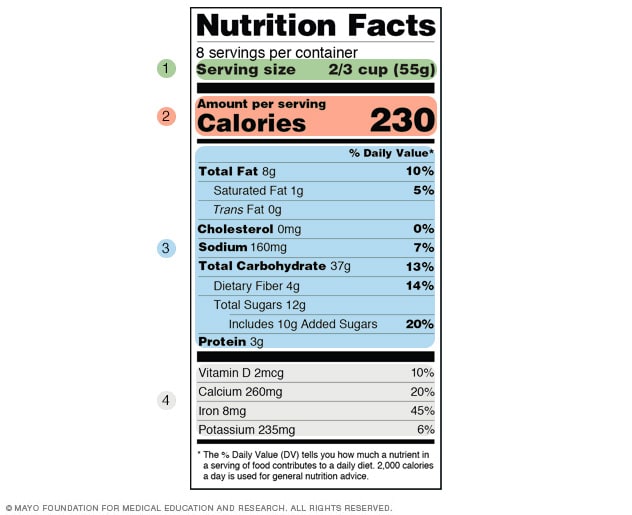





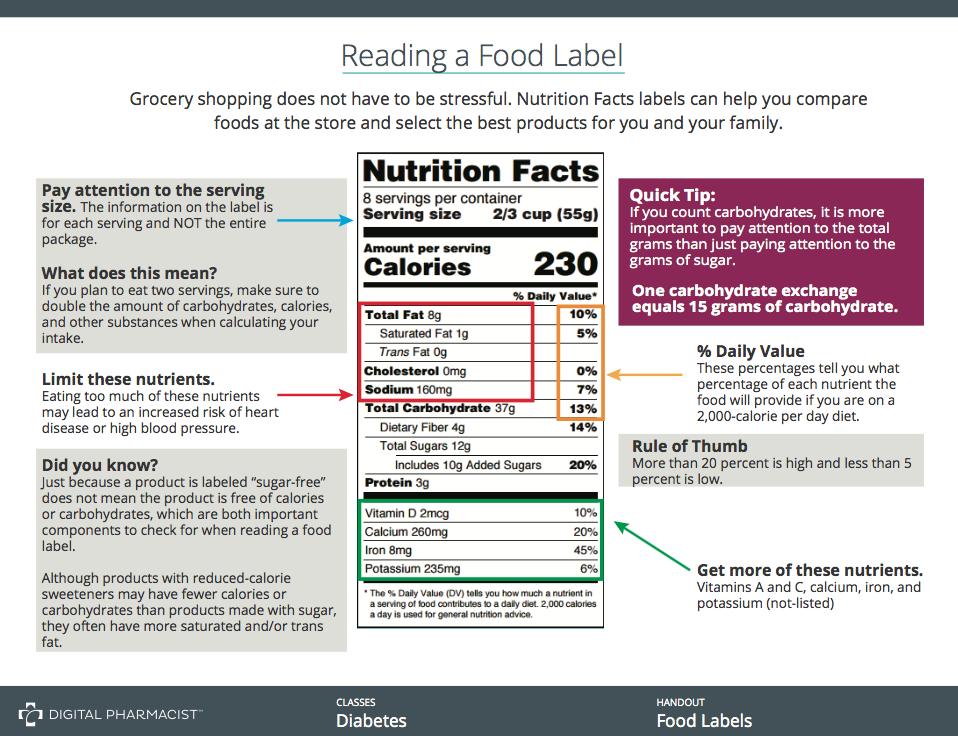
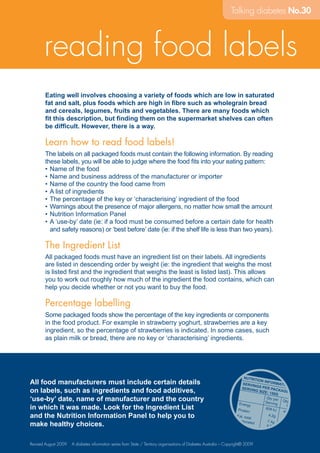


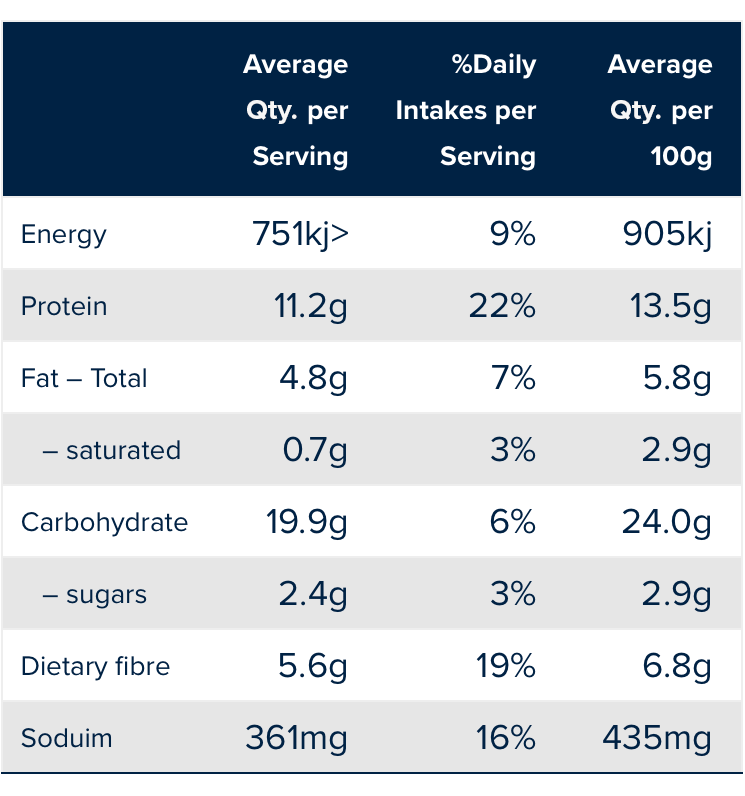
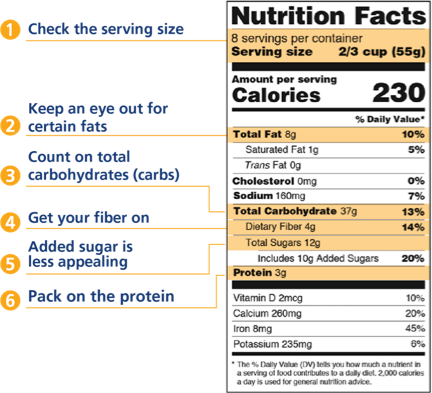


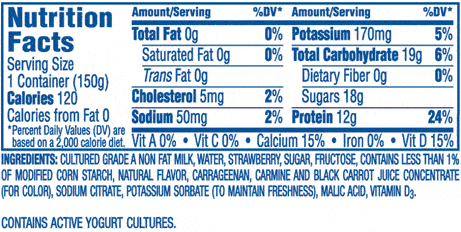
Post a Comment for "38 how to read food labels diabetes"